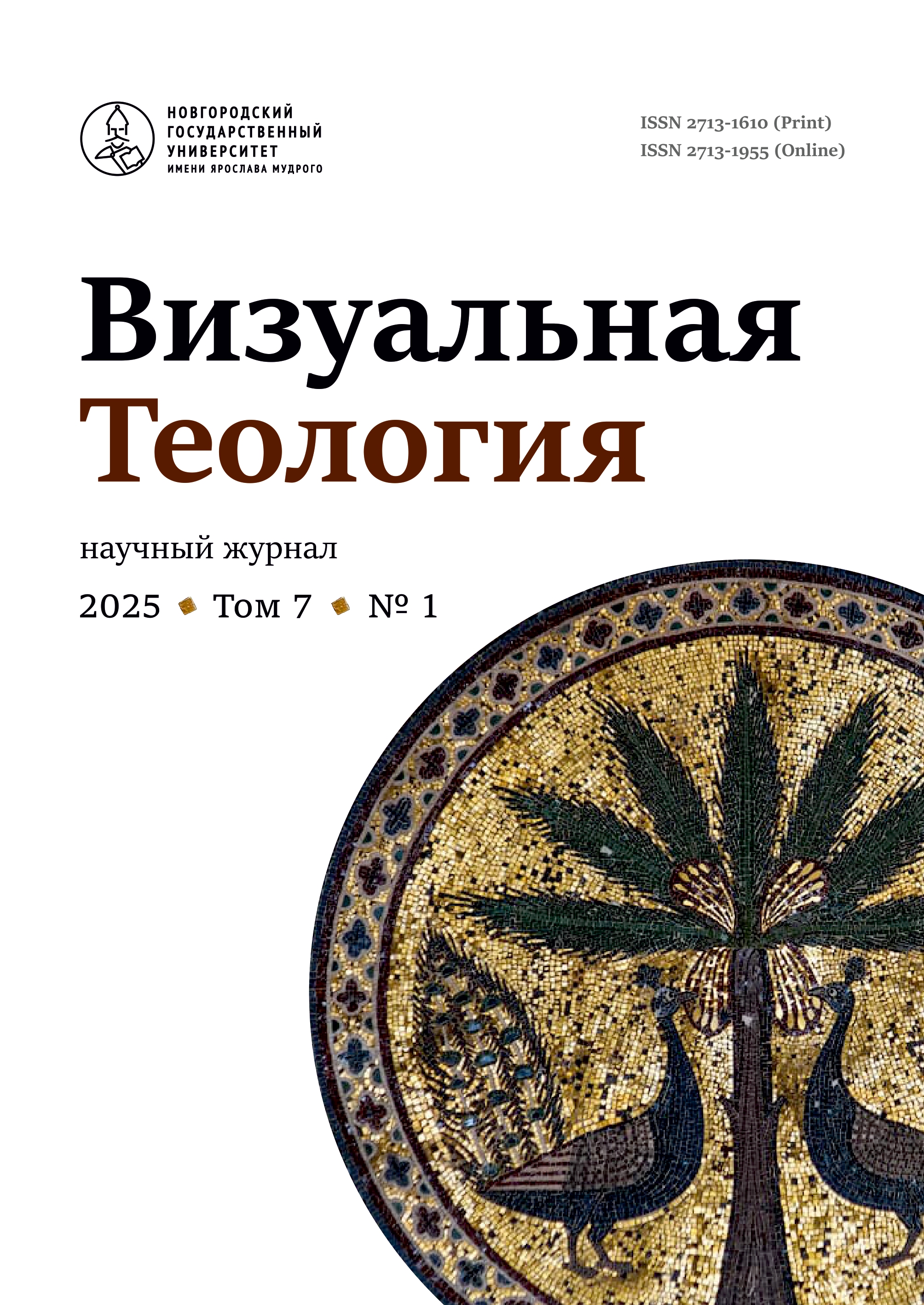The sanctification of the polis by performative Epiphany celebrations in contemporary Slovakia (The Magi Cortege and the Caroller’s “Walking with the Star”)
Abstract
The first part of the study reflects the urban Epiphany phenomenon of Three Kings cortege. The festivity originated in Milano as a response to the city’s loss of the Magi relics by their transfer to Cologne. The study afterwards concentrates on the revival of the festivity in Central Europe, evoking its structure: The position of the Kings sitting on horses or camels literally changes the point of viewers. To see the Kings, they must raise their heads. Similarly, the little starbearers, representing the sparkles of the comet leading to Betlehem, attract the gazes of the audience upwards by the long poles on which they carry their stars. This elevation of one’s sight above the common optical horizon does something similar to the human soul giving it the opportunity to experience the well-known anew. The second part of the study is devoted to the carollers’ “Walking with the Star”, and reveals this custom’s ancient origin. Given the royal motifs it contains – the carollers speak of the Kings instead of Magi – the author concludes that its present verbal and performative form could have been fixed only once the cult of the Three Kings had been established in Cologne with the coronation of the Magi relics in 1200. The textual analogy of the performance with the Hymn Book from 1430, closes the upper interval of the dating, out of which we conclude that the carolling invariant preserved all around Slovakia stabilized in the 13th–14th centuries. Nevertheless, the Kings maintain the qualities of the Magi as their performers use the sacramentals of frankincense and myrrh, but also the chalk with which they mark the door with the blessing formula for the oncoming solar year as well as the year since the birth of Christ.



